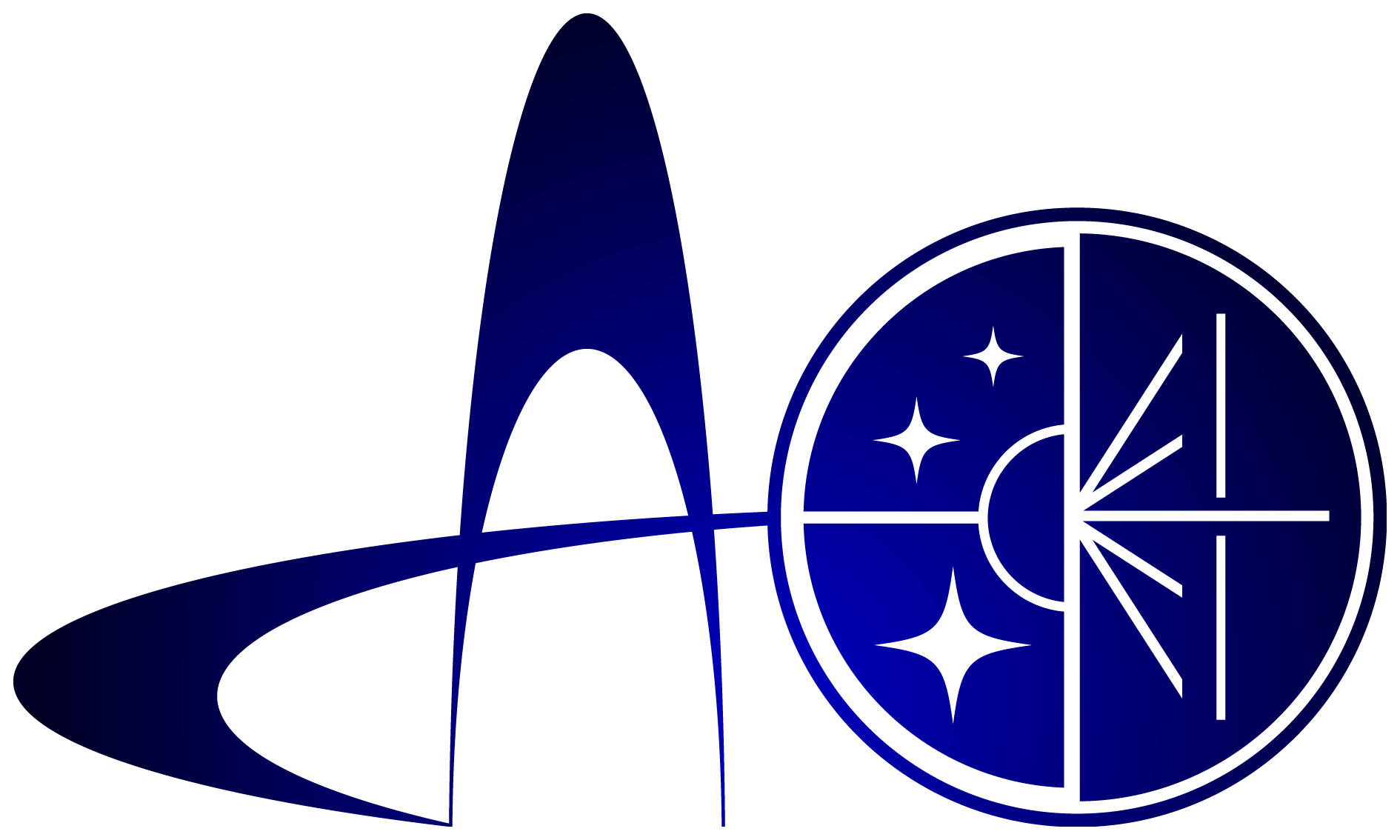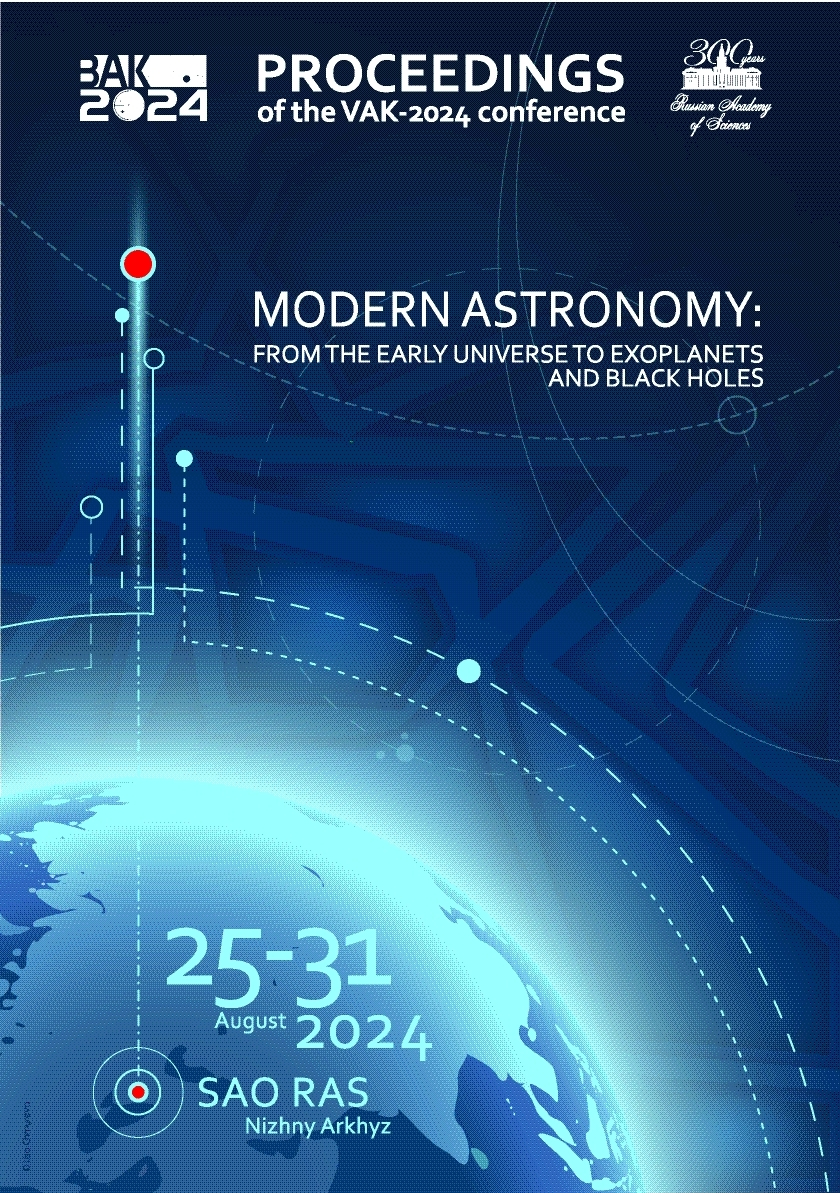Faculty of Physics, M.V. Lomonosov Moscow State University
Faculty of Physics, M.V. Lomonosov Moscow State University
Russian Federation
Faculty of Physics, M.V. Lomonosov Moscow State University
UDC 53
UDC 520
UDC 521
UDC 523
UDC 524
UDC 52-1
UDC 52-6
CSCSTI 41.00
CSCSTI 29.35
CSCSTI 29.31
CSCSTI 29.33
CSCSTI 29.27
CSCSTI 29.05
Russian Classification of Professions by Education 03.06.01
Russian Classification of Professions by Education 03.05.01
Russian Classification of Professions by Education 03.04.03
Russian Library and Bibliographic Classification 2
Russian Library and Bibliographic Classification 223
Russian Trade and Bibliographic Classification 614
Russian Trade and Bibliographic Classification 6135
BISAC SCI004000 Astronomy
BISAC SCI005000 Physics / Astrophysics
Primordial black holes (PBHs) with log-normal mass distributions reaching obtained $\sim 10^4$–$10^5$ solar masses may form following the quantum chromodynamic (QCD) phase transition in the early Universe, potentially due to modified Affleck–Dine baryogenesis. The expected frequency of detection of binary PBHs with intermediate masses using the TianQin space laser interferometer has been calculated based on the model of binary PBH formation and the assumed parameters of the log-normal distribution of primordial black holes. The obtained results are consistent with the LIGO-Virgo-KAGRA (LVK) data.
black hole physics, relativistic processes, gravitational waves; cosmology: dark matter, early universe, primordial nucleosynthesis, observations; instrumentation: detectors
1. Andrés-Carcasona M., Iovino A., Vaskonen V., et al., 2024., arXiv e-prints, arXiv:2405.05732
2. Arefeva I., Ermakov A., Rannu K., et al., 2023, European Physical Journal, 83, 1, id. 79
3. Blinnikov S., Dolgov A., Porayko N., et al., 2016, JCAP, 2016, 11, id. 036
4. Carr B., 1975, Astrophysical Journal, 201, p. 1
5. Dolgov A. and Silk J., 1993, Phys. Rev. D, 47, 10, p. 4244
6. Dolgov A., Kawasaki M., Kevlishvili N., 2009, Nuclear Physics B, 807, 1-2, p. 229
7. Dolgov A., Kuranov A., Mitichkin N., et al., 2020, JCAP, 2020, 12, id. 017
8. Eftekhari T., Tchekhovskoy A., Alexander K., et al., 2024, arXiv e-prints, arXiv:2404.10036
9. Feng W., Wang H., Hu X., et al., 2019, Phys. Rev. D, 99, 12, id. 123002
10. Fragione G. and Loeb A., 2023, Astrophysical Journal, 944, 1, id. 81
11. Fujii M., Wang L., Tanikawa A., et al., 2024, Science, 384, 6703, p. 1488
12. González Prieto E., Weatherford N., Fragione G., et al., 2024, arXiv e-prints, arXiv:2404.11646
13. Hütsi G., Raidal M., Vaskonen V., et al., 2021, JCAP, 2021, 3, id. 068
14. Kormendy J. and Ho L., 2013, Annual Review of Astronomy and Astrophysics, 51, 1, p. 511
15. Kovács O., Bogdan A., Natarajan P., et al., 2024, Astrophysical Journal Letters, 965, 2, id. L21
16. Liu L., You Z., Wu Y., et al., 2023, Phys. Rev. D, 107, 6, id. 063035
17. Luo J., Chen L., Duan H., et al., 2016, Classical and Quantum Gravity, 33, 3, id. 035010
18. Mei J., Bai Y., Bao J., et al., 2021, Progress of Theoretical and Experimental Physics, 5, id. 05A107
19. Mezcua M., 2017, International Journal of Modern Physics D, 26, 11, id. 1730021
20. Raidal M., Spethmann C., Vaskonen V., et al., 2019, JCAP, 2019, 2, id. 018
21. Schneider R., Ferrara A., Natarajan P., et al., 2002, Astrophysical Journal, 571, 1, p. 30
22. Zeldovich Y. and Novikov I., 1967, Soviet Astronomy, 10, p. 602







